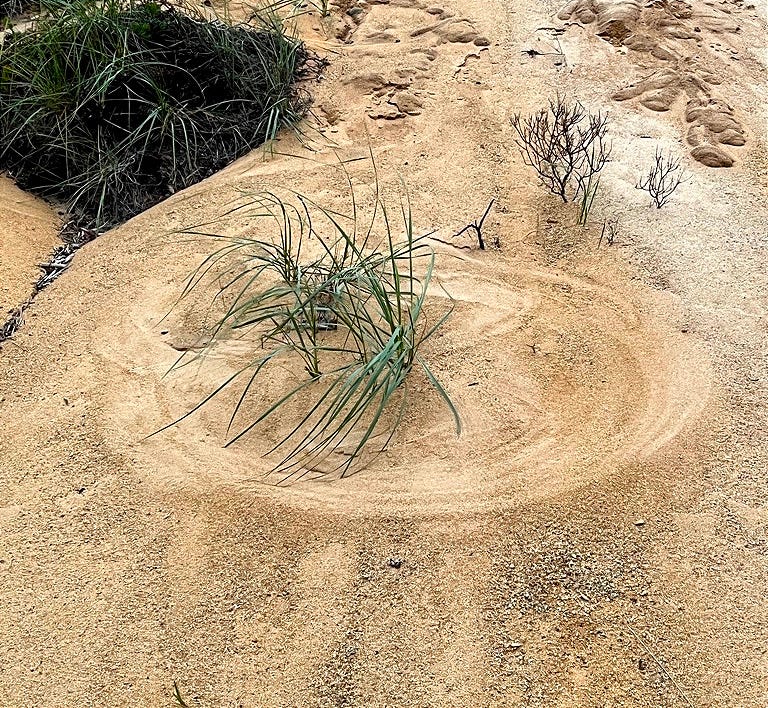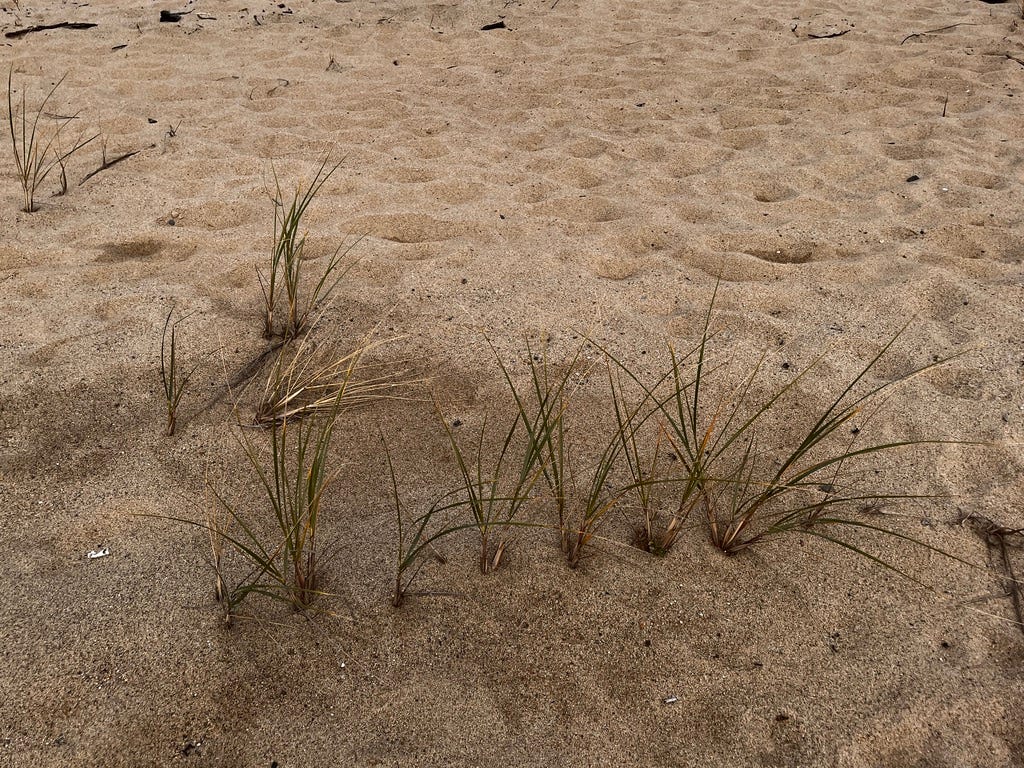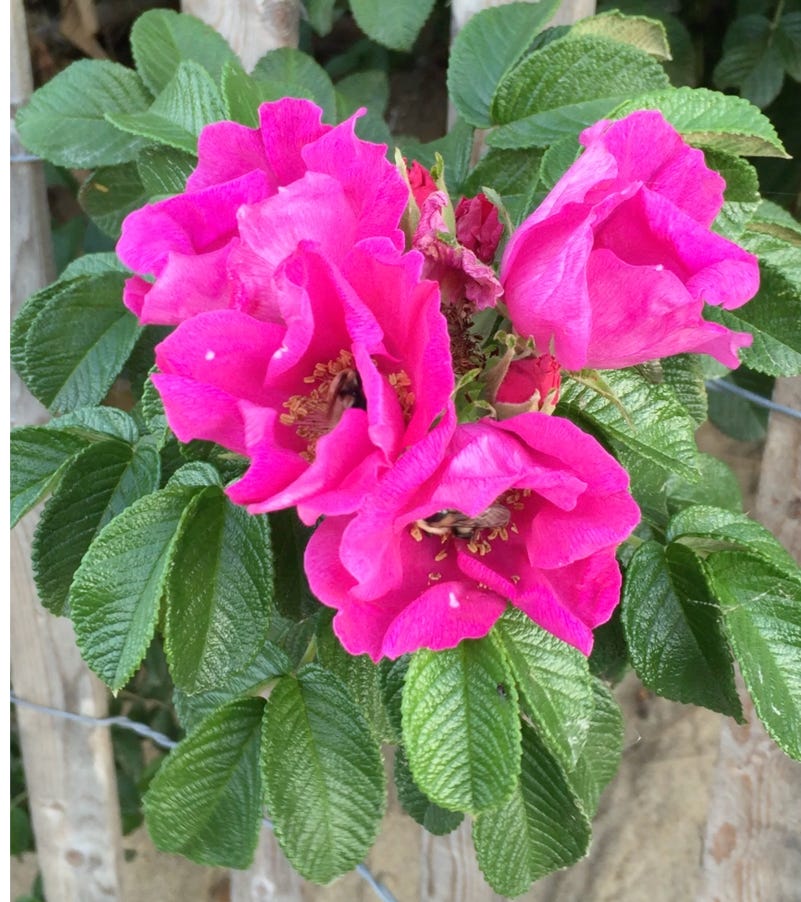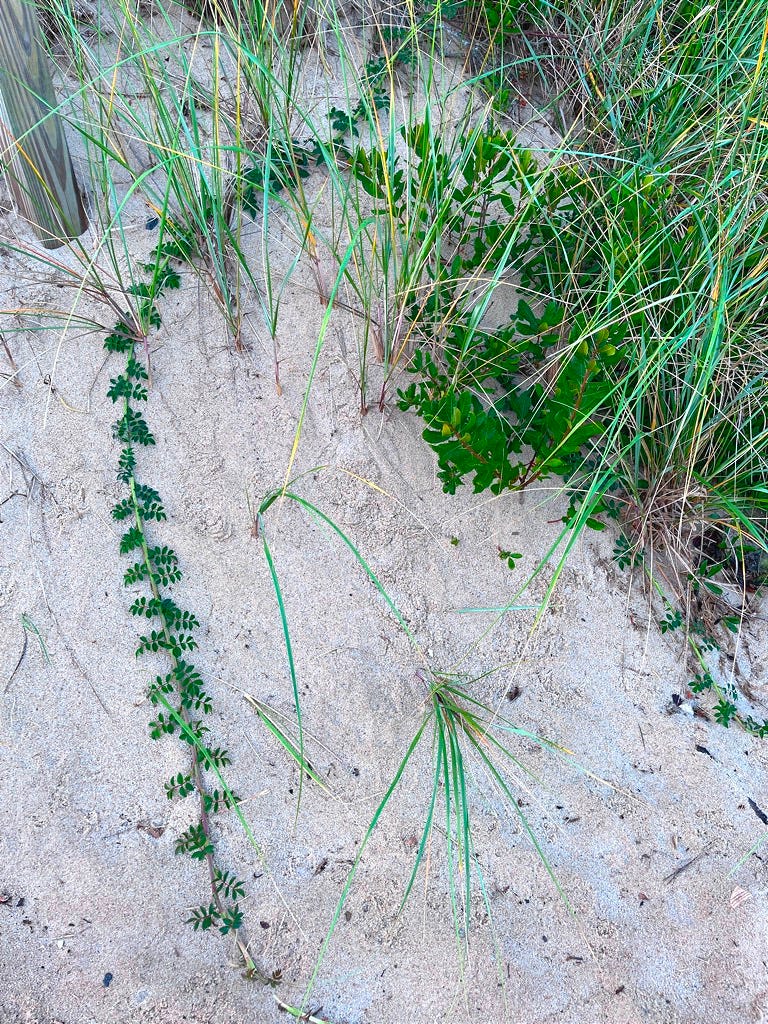Walking The Backside
An investigation of overwash, aeolian processes, and vegetative response, with hints at psychic inundation, dysfunctional political processes, and human response ...
To overwash is to flow or wash over; to inundate. Applied to flooding along a coastal shore, the word describes a cataclysmic tidal event powered by the overwhelming brute force of wind and ocean, occurring over a short period of time and leaving in its wake destruction and a changed landscape.
In late October 1991, a massive storm hit the Outer Cape, when Hurricane Grace in the south combined with a powerful incoming Nor'easter to create what became known as 'The Perfect Storm.’ The storm pummeled the East coast of the United States — especially Massachusetts — with huge waves and coastal flooding. Thirteen people lost their lives, including all six crew members of the fishing boat Andrea Gail who went down when the vessel sank. The event inspired the book The Perfect Storm by Sebastian Junger and the Hollywood movie of the same name.
At Ballston Beach in Truro, the ocean smashed its way through the barrier dune and poured through the break, pushing far inland into the Pamet Marsh. That was only the first in a series of incursions by the Atlantic Ocean in subsequent years.
Over the last ten years, on repeated walks along the far perimeter of that overwash, I find myself musing over the parallels between massive natural events like wild fires, hurricanes, and floods — and figurative cataclysms in the form of political and social upheavals that upend the old order of things. The interesting artifacts that are revealed by the encroaching inundations lead to further speculation about cause and effect. And one can see evidence of nature’s resilience in adapting — by necessity — to such upheaval.

American Beach Grass provides a beautiful example of resilience and adaptability here on Cape Cod. This hardy beachgrass was developed by Natural Resources Conservation Service, a branch of the US Dept of Agriculture, from a single plant collected in 1965 from a dune at Sandy Neck Beach in Barnstable, Massachusetts. Cape American beachgrass and 50 other specimens were evaluated for survival, vigor, culm (stem) production, and biomass production from 1966-1969. In the 1970's it was adopted as the standard beach grass used to trap sand and prevent beach dune erosion. Due to its wide leaf surface and long bare stems, it has the ability to trap and stabilize wind-blown sand, helping to create new dune systems, and initiating processes of natural succession in areas with hot, dry, and/or infertile soils.
It does this first by reducing wind speed and creating turbulence that makes sand drop around the grasses, thereby building volume to create dunes. In addition, the rootstalks extend both horizontally and vertically — to depths of 20 feet or more —knitting a kind of rhizome mat that helps to hold the dunes together.
This grass actually requires being intermittently buried by sand to encourage rhizome growth, vigorous plant survival, and spread. Here the grasses have established themselves directly below a newly-eroding section of the dune face:
Another plant that helps control erosion is the beach rose, or Rosa Rugosa, which adorns Cape Cod beaches, dunes, and roadsides with its lovely color and entrancing perfume. An invasive plant native to Asia, it’s said to have arrived on the Outer Cape as part of the cargo salvaged when the ship Franklin wrecked on Nauset Beach in 1849. The plants survived the wreck, eventually spreading all over the Cape. The strong woody root system and far-reaching underground runners make it an excellent erosion deterrent.
These are just two examples of perseverance. If not obliterated, plants and animals continue on, albeit challenged. As long as the world is still here, they persist, adapting according to necessity.
There are parallels between the ‘perfect storm’ and the January 6th invasion of the Capitol Building in Washington. On that day, the country experienced a catastrophic event, a different kind of inundation, “The ship of the State again..overwashed, near to swamping, with unfruitful brine ...” as Thomas Carlyle put it, in his history of the French Revolution. How do we human animals respond to the experience of catastrophe and devastation? Our behavior changes — in large or in subtle ways. We move on, whether with specific intentions or simply struggling day-to-day without any clear direction. For some this means giving up, capitulating, or joining forces with the destructive powers at work. But instead it can mean hanging on, resisting, creating change from below.
If we are fortunate enough to be in a good place as individuals or as a community, we don’t want that threatened or upset. We’d rather see the world order remain the same, not have our accustomed way of life be disrupted or threatened. Today, when it comes to the erosion of our political system and societal values, do we rise to action only when our personal comforts are in jeopardy? We’re on a ship operated by a dysfunctional crew and captain. What once seems — at least in retrospect — so beautiful, so perfect, so “normal,” is in the throes of upheaval and change. Yet we have choices in how to respond to the erosion of democracy.
American beachgrass has not removed the threat of erosion, but it persists in holding its own and stemming the tide. It’s still standing, growing, stalwart, sending out strong new roots horizontally and vertically, weaving the mat that helps hold everything together despite constant challenge.
Walking The Overwash
On the backside of the dune,
away from the loud, alluring sea,
a long reach of sand fans out, edged
by reeds and the marsh beyond.
Tracks of fox, mouse, birds
and deer skirt the border
of this seeming wasteland,
on quests for food, shelter, calm.
Sun-bleached crab shell,
snake skin, tufts of rabbit hair.
Coyote scat cementing bone bits,
hair, and beetle wing.
Artifacts of human presence:
asphalt chunks, rusted iron post,
a skeletal section of wallframe,
nylon rope in garish colors.
In the sparse shade of reeds,
wands of goldenrod hum with bees,
tiny striped flies, butterflies, moths,
wasps -- every winged thing at work.
Tiny blue blossoms thread through
glossy poison ivy and its red berries,
make a canopy for ants and land snails
traversing the understory.
Braving the open, lines of beach grass
march like soldiers, hardy rootstalks
crossing dry sand to reclaim
the devastated expanse.
Life is in full force here,
seeking any drop of moisture,
every shelter from wind,
each tiny gift of shade,
no resource wasted, every scrap
gathered, gleaned, all living things
on their way to being transmuted,
becoming something new,
in sun's fierce fire, coyote gut,
honeybee stomach, the grinding waves,
relentless wind. Tides everchanging
as scavengers pick the bones.
— Clyde Watson







Sometimes totally emptied out like that bottle but remaining to be filled again
Love this Clyde, and feel so connected to yourour underground community-- holding one another together in the batterings, insisting on beauty with undying curiousity and adoration of this earth.